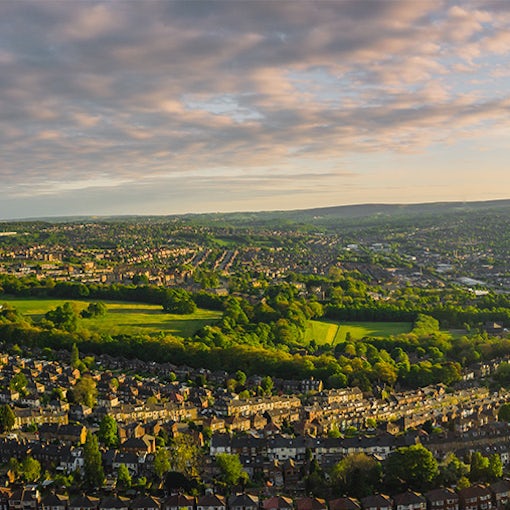We’ve all heard of self-build properties, where people will build their own property to live in rather than buying one from a developer, in the same vein, there is a quickly developing market for build-to-rent (BTR) properties.
As the name suggests, these properties are built with the specific intention of renting them out rather than selling them. Build to Rent homes are purpose-built for the rental market and are managed by professional operators. They are generally built to a high standard and offer greater security of tenure, shared amenities, community events and, in some cases, rent inclusive of bills. Although, as a market segment, this is relatively new, the first true BTR was back in 2012 when the Stratford Athlete’s village was built with the view of turning the accommodation into private rentals after the games. Since then, the market has started to take off.
Build to Rent Market
Analysis by the British Property Federation showed that at the end of Q1 2022 some 72,668 BTR homes had been built in the UK in that quarter which was up from 60,965 in the same quarter in 2021 with another 46,304 under construction and over 106,000 in planning. All of these were a significant increase over the prior year, with completed properties up 19%, properties being constructed up 14% and planned properties up 11%.
Despite this significant growth the BTR market currently only equates to 1.5% of homes in the UK which are available to rent. This is, though, expected to grow massively in the next ten years and current predictions are that by 2032 there will be over 380,000 purpose-built build to rent properties in the UK. This is a five-fold increase over current levels and will mean that around 8% of all rental properties will be build-to-rent. The analysis was carried out to coincide with the ten-year anniversary of the Montague Review, which was commissioned to remove the barriers to long-term institutional investment into purpose-designed homes for rent. The review’s recommendations, which were adopted by Government, included more support for BTR in national planning policy and Local Plans, the release of more land for development and standardisation of tenants’ rights. This review really sparked the growth in this market sector, which was originally focused on London, but since 2017 has expanded into other cities such as Manchester, Birmingham and Leeds. According to the analysis 47% of local authorities now have BTR developments in their local housing plan. In 2017 it was only 20% of authorities.
To show how much growth there is and how attractive the market is, schemes that completed in 2022 had an average of 140 properties, those under construction have an average of 243 properties and those in planning have an average of 308 properties. It is clear then that large developers are seeing the attraction of building properties solely for rental and that they are starting to plug the gap in the market to increase the availability of rental stock. As the sector matures, it will expand the range of options for renters and play a growing role in addressing the UK’s housing shortage.






